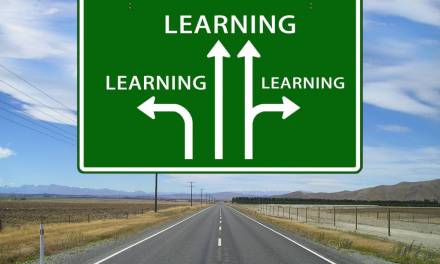Independent learning is more than just a teaching buzz term. It is an approach to teaching that can set a pupil up with critical life skills – preparing them for the world of higher education or work.
However, there is still some confusion about this topic, with various sources of information overcomplicating different approaches to independent learning. Here’s a simplified overview of the key ways you can help your students transition from reliant pupils to completely independent learners.
What is independent learning?
Independent learning is a process, a method and a philosophy of education whereby a learner acquires knowledge by his or her own efforts and develops the ability for enquiry and critical evaluation
Your role? In a nutshell, that would be to create intrigue and curiosity, and to lead a pupil onto autonomous learning. This could be the most important task that you have before you as a teacher.
Independent learning – What’s all the fuss about?
When a pupil masters independent learning, they get to grips with thinking, acting and undertaking their own studies themselves. You make them, as the title suggests, more independent.
In every sense, you’re setting your pupils up for a successful life beyond the four walls of the classroom – onward to their career, or into further education where they’ll experience a gradual falling away of the hand-held teaching methods of earlier years.
An independent learner can:
- Discover, and make sense of, new information
- Apply information in a logical way
- Harness varying forms of media for effective communication
- Organise their own schedule
- Solve problems
Change the role you play
Most critically, independent learning requires that you move from directed learning (where you teach incrementally and deliver step-by-step instructions), to become someone who facilitates, mentors and coaches.
Five core actions to encourage independent learning:
- Provide pupils with the opportunity to analyse and choose their own interests, and allow them to become self-sufficient monitors of their own performance.
- Make use of regular group work, so that peers can learn from one another.
- Consult with your pupils for lesson plans by explaining the relevant learning outcomes and discussing how these could be fulfilled with course content and activities.
- Place the responsibility of assignment completion on the student – allow them to plan their own strategy and timescales for completing the necessary elements.
- Move from heavy editing and marking, to self and peer editing – to facilitate this you could offer verbal feedback, potentially tackling common sticking points and providing ‘ideal’ examples.
Far from independent learning being a matter of your pupils moving easily to complete autonomy, removing the need for the teacher altogether, this process is instead one that must be carefully managed by you.
In many ways, the teacher actually adopts an even more important role – get it right and motivated students, improved academic performance and boosted confidence can be realised; setting your pupils on a path for success in whatever they may choose to move on to next.
Do you have experience of promoting independent learning in your school? What worked for your students?









